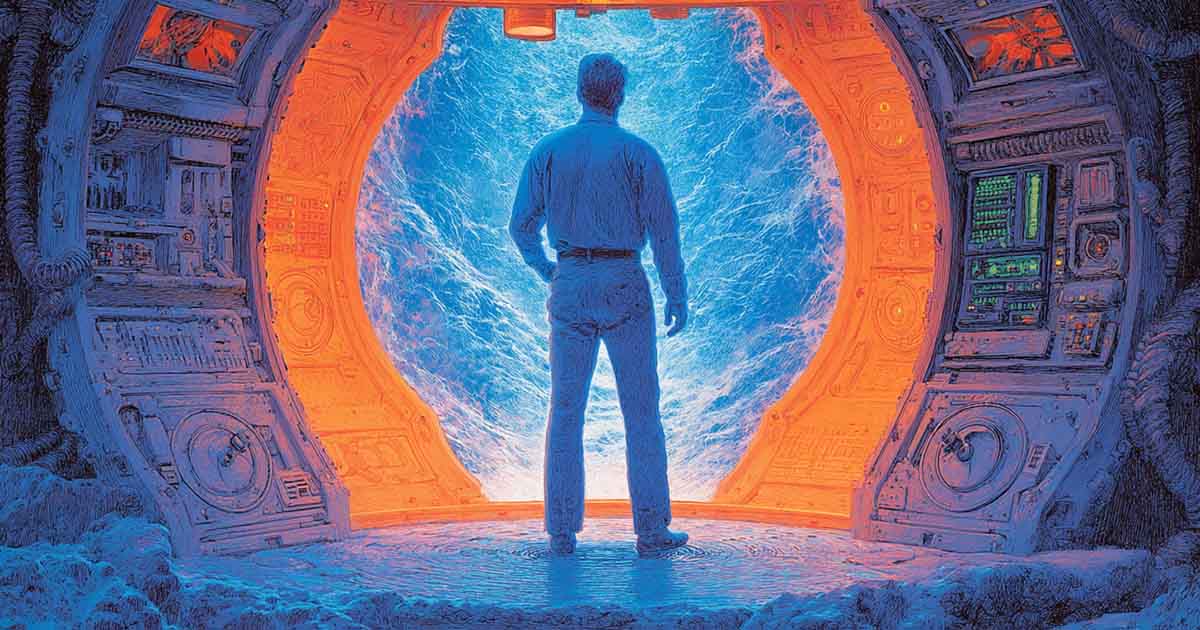What is a Teleporter in Sci-Fi?
Teleporters in science fiction dissolve the boundaries of distance, raising questions about identity, the soul, and what it means to be human in a world where travel becomes instantaneous.

The teleporter is a fictional device that moves matter —usually a person— from one location to another instantaneously.
It breaks down the subject at the point of origin and reassembles him elsewhere, often light-years away. The concept stretches back more than a century and has become a staple of science fiction in books, television, and film.
From Pulp to Transporter Room
Teleportation first appeared in early 20th-century stories, often as a form of magic or alien science. But it was "Star Trek" that turned the teleporter into familiar technology. The transporter room, with its shimmering beam and calm countdown, became as recognizable as the starship itself.
Gene Roddenberry's decision to use teleporters was practical —he didn't want to show a shuttle landing every episode. But the effect reshaped science fiction. Teleportation became a routine method of travel. Beaming down replaced flying in.
Other series have treated teleportation more cautiously. In "The Fly," the process mutates the subject when a housefly enters the chamber mid-transport. In "Galaxy Quest," the technology is dangerous and poorly understood. In those cases, teleporters are more than a convenience—they are a source of tension.
How It Works (Or Doesn't)
Teleporters operate by scanning every atom in the subject's body, converting that data into a transmission, and reassembling it elsewhere. This raises two big questions. First: Is the transported person the same as the original? Second: What happens to the consciousness during the process?
Some stories portray teleportation as a form of death followed by recreation. Others avoid the issue entirely. Science fiction rarely offers a consistent explanation, and that's fine. The goal isn't realism —it's narrative utility. Teleporters solve problems. They speed up the action. They force characters into moral and philosophical dilemmas.
Theological and Ethical Weight
For a reader who believes that man is more than molecules, teleporters raise uncomfortable questions. Can a soul be scanned? If a man is reassembled from particles, is he still himself? Science fiction uses teleporters not only to move characters but to challenge identity, memory, and the meaning of being human.
These aren't just plot devices. They're tools for examining what we believe about the soul, the self, and the sacredness of life. In that way, teleporters become something more than science—they become mirrors.
A Doorway and a Divider
In science fiction, teleportation draws a line. It separates the ancient world from the imagined one. A society with teleporters doesn't just travel differently. It thinks differently. It values different things. When a man can step across the stars, he no longer views space as distance —but as delay.
That's the power of the teleporter. It turns location into choice. And in doing so, it changes the story from one about machines to one about men.

